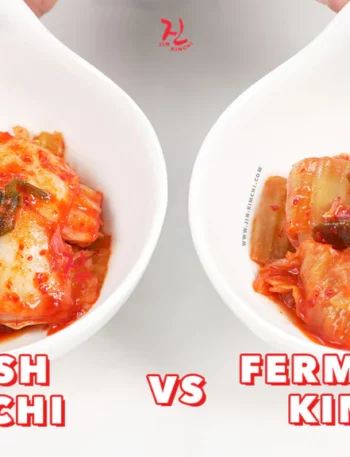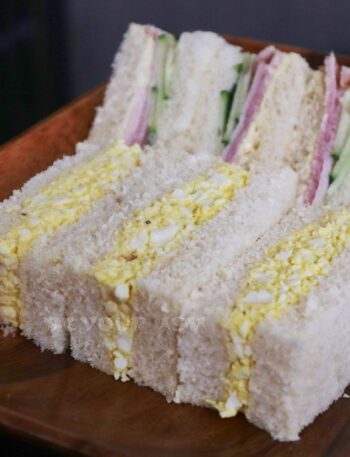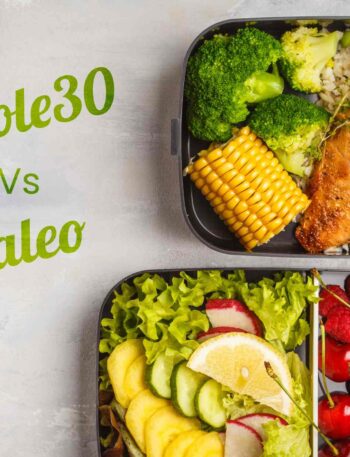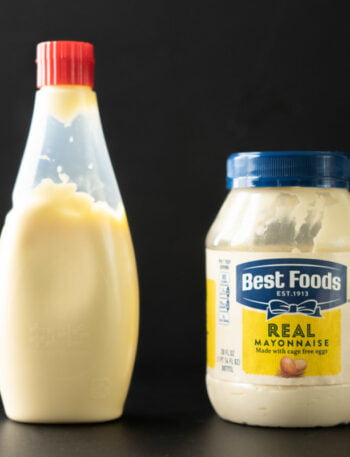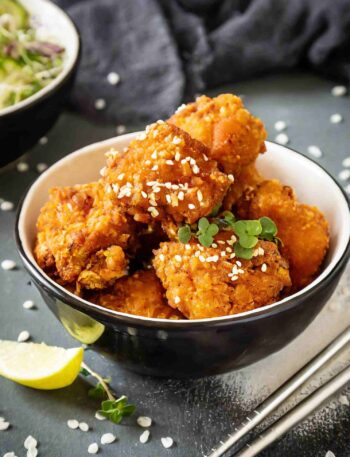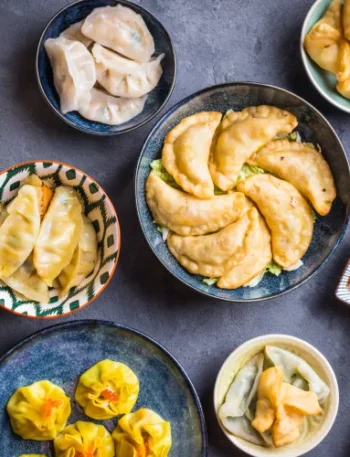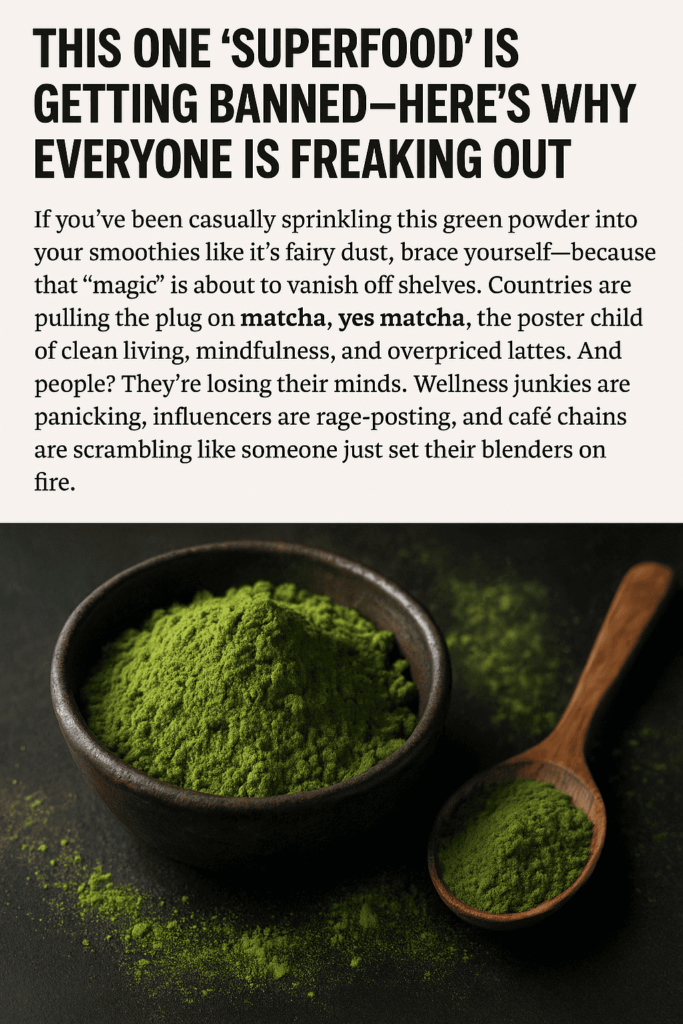
If you’ve been casually sprinkling this green powder into your smoothies like it’s fairy dust, brace yourself—because that “magic” is about to vanish off shelves.
Countries are pulling the plug on matcha, yes matcha, the poster child of clean living, mindfulness, and overpriced lattes.
And people? They’re losing their minds. Wellness junkies are panicking, influencers are rage-posting, and café chains are scrambling like someone just set their blenders on fire.
Turns out, the very thing that gave matcha its golden halo—its concentrated, unfiltered power—is exactly what’s sending it to the chopping block in some parts of the world. See, matcha isn’t just your average green tea dust.
It’s the whole damn leaf, stone-ground and slammed directly into your system. No steeping, no filtering—just a straight shot of whatever that plant absorbed while it was growing.
And in today’s lovely industrial world? That includes heavy metals, pesticides, microplastics… a little cocktail of “oops.”
Now health agencies across Europe and Asia are slapping warnings, restrictions, and outright bans on matcha imports from certain farms—especially the “budget-friendly” ones that wellness brands have been hawking for dirt cheap.
Japan, the OG source, is being grilled about soil testing and water safety. Meanwhile, lab results from independent watchdogs are showing lead levels that would make a paint chip blush.
So what’s the fallout? It’s messy. Wellness corporations that built their empires on green powder are suddenly pushing “alternative energy boosters.” Influencers are speed-deleting their matcha recipes and pivoting to “chlorella glow shots” and mushroom dust.
Meanwhile, your favorite overpriced café just posted a cryptic note saying their matcha is “undergoing sourcing updates.” Translation: it’s toast.
The irony? Matcha was never supposed to be a mass product. It’s ceremonial-grade, slow-grown, shade-cultivated stuff. You don’t mass-produce a ritual. But global demand turned this sacred leaf into a commodity, and when you speed up nature, nature hits back—hard.
The cheap matcha flooding the market was never the same stuff monks were sipping in silence. This was rushed, unregulated, and in some cases? Radioactive-adjacent.
And yet—people still want it. The panic isn’t just about health. It’s about identity. Matcha became a personality. It wasn’t just a drink; it was an aesthetic.
A lifestyle. A status symbol. Banning it feels like banning green glass water bottles and linen pants in the summer.
But maybe—maybe—this is the reckoning wellness culture needed. The reminder that just because something is packaged like peace doesn’t mean it’s pure. “Superfood” is just a marketing term. There’s no FDA category for it.
It doesn’t mean safe, clean, or ethical. It means hyped. And hype, as we know, has a price tag—and sometimes, a toxic label buried under the barcode.
As one food toxicologist put it:
“Matcha isn’t the enemy. The system that made it into a commodity is.”
So what now? Will the bans go global? Will we switch back to black coffee and resentment? Probably not. But this might finally push consumers to stop chasing trends and start asking harder questions—like: What’s in my food, really? And who’s profiting off my ignorance?
Matcha might bounce back, maybe even cleaner and safer than before. But for now, the green dust is settling—and underneath it, the wellness industry is coughing.
“When the well is poisoned, it doesn’t matter how pretty the cup is.”
Grab your tea, folks—just maybe not the green kind.



